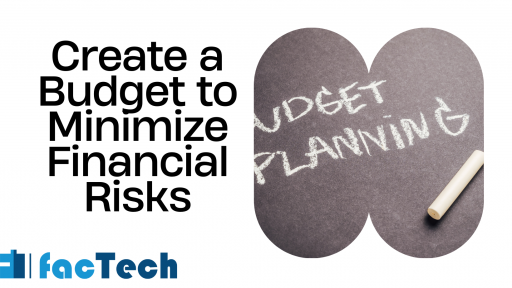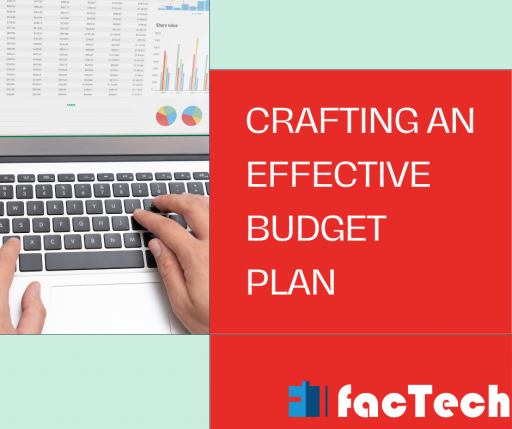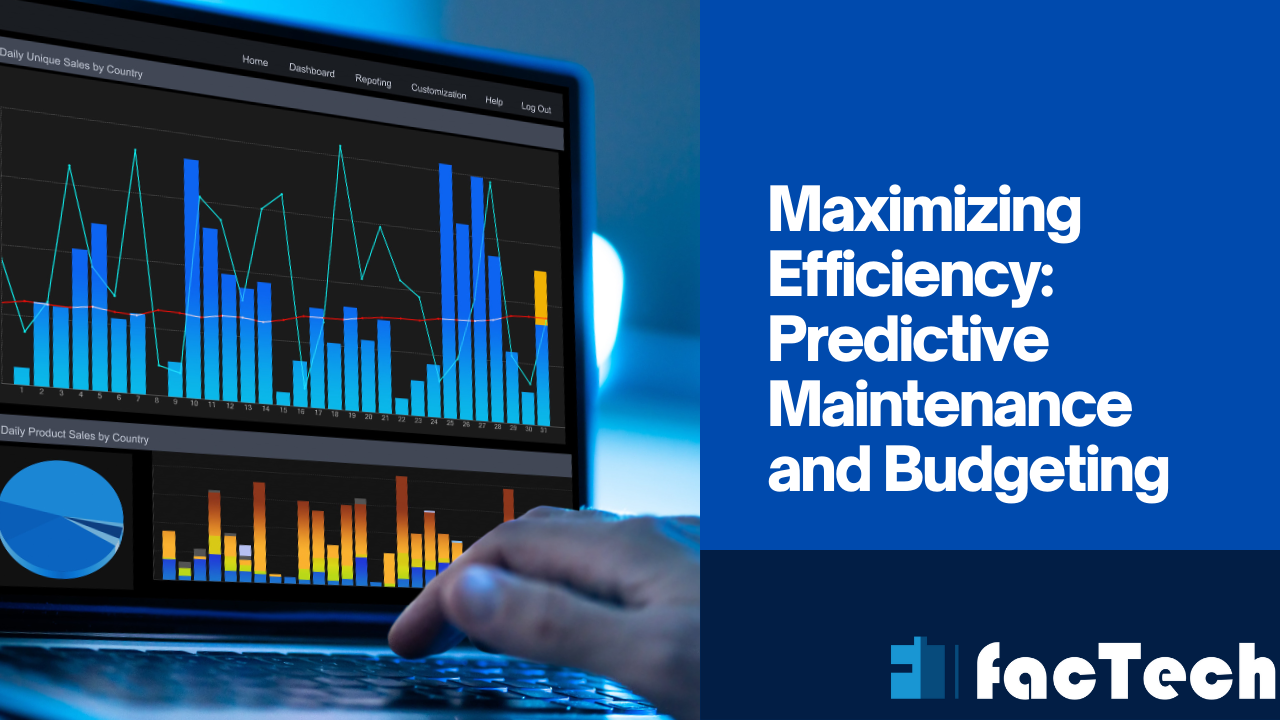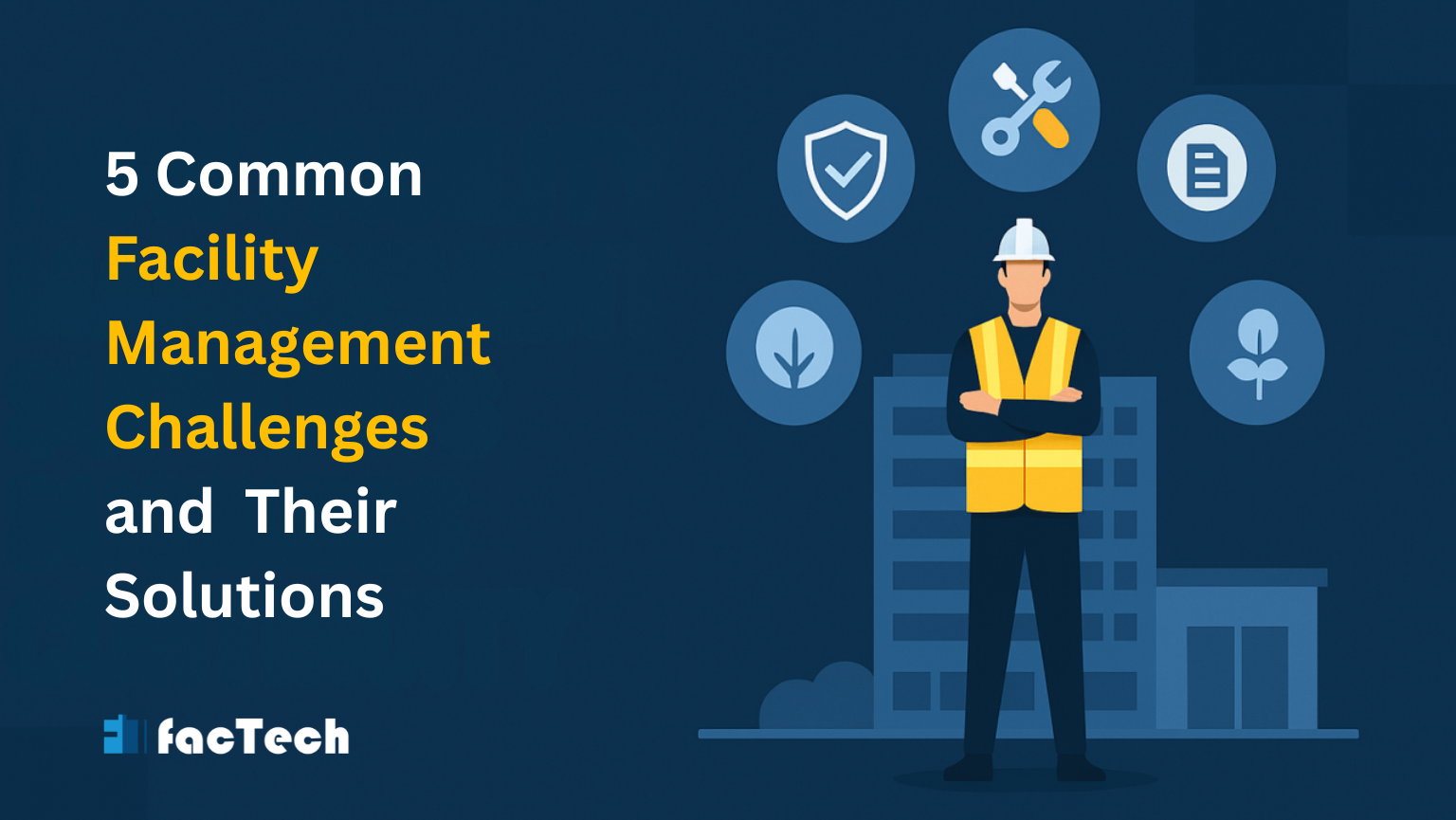Importance of Budget in Facility Management
Importance of Budget in Facility Management
Facility management is a big job that includes a lot of different tasks, such as making sure the lights stay on and the workplace is safe and productive. But even the best building manager can have trouble if the base isn’t strong. What about that base? A budget that is clear and well-run.
Budgeting: How to Get Control of Your Money

A good budget for property management is more than just a bunch of numbers on a spreadsheet. It’s a plan that helps with making financial decisions, carefully allocating resources, and making sure the whole facility runs smoothly. This is why making a budget is important:
1. Efficiency with money:
Budgets help building managers find ways to cut costs and spend money most wisely. By looking at past data and guessing what will be needed in the future, they can set spending priorities and avoid waste.
2. Making Smart Choices:

Facility managers can make smart decisions about maintenance, fixes, upgrades, and other investments when they know how much money is available. This approach is based on data, which makes sure that resources are put toward important needs that are in line with the long-term goals of the company.
3. Taking care of risks:
Budgets help you find and reduce possible financial risks. If site managers plan ahead for unexpected costs, they can stick to their budgets and make sure the building runs smoothly even when things go wrong.
Managing a building means making sure the lights are on, the temperature is just right, the building is safe, and the costs are kept low. A clear budget is the hidden hero in this tricky balancing act. It’s not just for keeping track of costs; it’s also a powerful way to reduce risks and make sure your facility runs smoothly.
The Budget as a Roadmap for Risk Management
A well-made budget gives building managers the power to deal with possible risks in the following ways:
1. Prioritization through Planning:
A detailed budget pushes you to figure out what your facility needs are and put them in order of importance. This means setting aside money for preventative maintenance, which is important for finding small problems early on so they don’t get worse and cost a lot to fix or become a safety risk.
Read more:
2. Getting your money ready for emergencies:
Unexpected things will always happen. A good budget with a backup fund lets you handle unplanned events like a sudden roof leak or an HVAC system that won’t work. This extra money stops people from spending without thinking and makes sure that things get done quickly when situations happen.
3. Data-Driven Decision Making:
Budgets that are based on past data and industry standards let people make smart decisions. You can guess what you’ll need in the future and make good use of your resources by looking at how you spent your money in the past. This method, which is based on data, helps lower the risks that come with spending too much or not enough on important maintenance tasks.
How to Make a Budget to Lower Your Risk
Now that we know why planning is important for risk management, let’s look at some useful tips:
Do Risk Assessments:
Check your building often for possible dangers like electrical problems, fire risks, or structure flaws. Turn these risks into the amount of money that you need for fixes, upgrades, or safety gear.
Spend money on preventative maintenance:
Set up regular preventative maintenance for tools that you need to work. Finding small problems early on keeps expensive breaks and the safety issues that come with them from happening. Set aside enough money for these hobbies.
Embrace technology:
 Use computerized maintenance management systems (CMMS) to keep track of how well equipment is working, plan maintenance jobs, and guess what it will need in the future. This method, which is based on data, makes budgeting easier and lowers the risks that come with reactive maintenance.
Use computerized maintenance management systems (CMMS) to keep track of how well equipment is working, plan maintenance jobs, and guess what it will need in the future. This method, which is based on data, makes budgeting easier and lowers the risks that come with reactive maintenance.
It’s important to communicate:
Keep the lines of conversation open with management about your budget and risk assessments. Compare the possible cost savings from preventive maintenance to what will happen if fixes are put off.
A clear budget isn’t just a list of expenses; it’s also a way to avoid problems before they happen. Facility managers can make the workplace safer, more efficient, and less expensive by putting preventative maintenance first, setting aside money for emergencies, and making choices based on data. When you make your facility budget, keep in mind that you’re not only running the money, but also keeping the building and everyone who uses it safe.
Openness and Responsibility:
A clear budget makes everyone in the company more open and responsible. It shows that you are committed to good money management and gives building managers a way to explain their spending choices to people who matter.
How to Make a Budget That Works
A strategic method is needed to make a good facility management budget. Here are some important steps:
1. Collect Historical Data:
Look at how people spent money in the past to find trends and guess what they will need in the future. This information is a solid base for making budget predictions.
It is important to stick to budgets when you are managing a building. They make sure that resources are used well, that precautions are taken, and that costs that were not planned are kept to a minimum. But making a budget that works isn’t just a matter of guesswork. This is where looking at past facts changes the game.
The Power of Hindsight: Why Data from the Past Is Important
In terms of facility management, think of past data as a crystal ball. There is a lot of useful information for facility managers to learn from old maintenance records, energy bills, and equipment lifecycles. These ideas are the building blocks of a strong budget.
2. Predictive Maintenance:
Looking back at old data shows trends in how often equipment breaks down and needs to be fixed. This lets maintenance be done before an emergency happens, which saves money and makes technology last longer. By planning ahead for what will be needed in the future, the budget can set aside money for preventative maintenance, which lowers the total cost of repairs.
3. Aware Allocation of Resources:
Facility managers can find ways to improve things by looking at old records on how resources were used. During a certain time, did the amount of energy used go up? Was a certain cleaning service not used enough? By knowing these trends, the budget can be changed to make sure that resources go to the places where they are needed the most.
4. More safety measures:
By looking at past records, you can find safety risks that keep happening in the building. By looking at past incidents, building managers can decide which safety improvements are most important and how to spend their money. This proactive method stops accidents and possible lawsuits before they happen, which saves money in the long run.
5. Budgeting with Confidence:
Data from the past can be used to make accurate predictions about future budgets. It is easier to make accurate predictions when you look at how much you spent on repairs, energy, and maintenance in the past. This takes away the need to guess and makes sure the budget matches the real needs of the building.
6. Getting the Right Information for Future Success
Getting the right knowledge is important for making the most of historical data. These are some tips:
Maintenance Records: Keep track of all maintenance activities, such as repairs, replacements, and service dates.
Equipment Inventory: Make a detailed list of all the equipment in the building, including its age, maintenance history, and warranty information.
Incident Reports: Write down all safety incidents, including what happened and how it was fixed.
Setting up a way to collect and store this information will help facility managers get the most out of past data.
7. Set needs in order of importance:
Not every part of managing a building is the same. Find the most important maintenance jobs, upgrades, and improvements that you want to make, then put them in order of importance and budget.
8. Accept that things are always getting better:
Budgets are not fixed pieces of paper. Keep an eye on spending, find places where things could be better, and make changes to the budget as needed.
Facility managers can go from being a cost center to a strategic partner by following these steps. A well-run budget gives them the power to make the best use of resources, make smart choices, and protect the facility’s long-term success.








